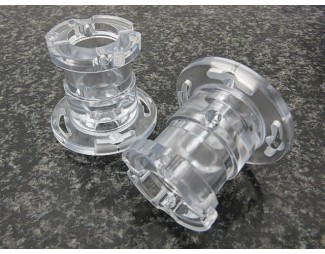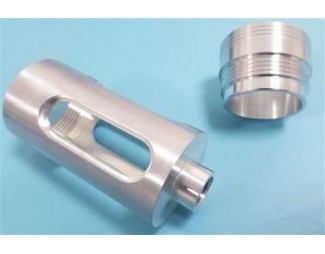Plastic Processing: How Do You Choose The Materials To Be Proces
Plastic processing is a technique for transforming plastic materials using machine tools, usually guided by high precision numerical controls. Unlike 3D printing or plastic injection molding, this manufacturing method consists of processing a solid block (or tube) of plastic material in a processing center or workshop. Which material should be chosen to process a prototype plastic part? What are the characteristics of the various machinable polymers? ABC Rapid explains this in detail.
How to make the right choice of material for plastic processing?
In many industrial sectors, many thermoplastic and thermoset polymers are workable, i.e. compatible with the design and manufacture of plastic parts by processing. To make the right choice of plastic material, several criteria must be taken into account, from the machining process and the type of machine tool selected, to the mechanical, technical, and aesthetic characteristics sought for the future plastic part to be produced.
Above all, the intrinsic properties, constraints, and specificities of each material will allow or not the successful and precise performance of all the operations required in plastic processing to obtain the part to be manufactured. The final use and the environment of the part are also determining factors in the choice of material to be processed.
The main processable plastic materials:
The following is a non-exhaustive list of the most common materials used in plastic processing.
ABS plastic
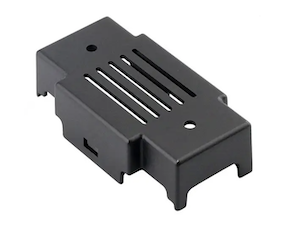
For plastic processing of parts with low technical constraints, Acrylonitrile Butadiene Styrene plastic offers excellent guarantees, in particular thanks to its rigidity, strength, and insulating capacity. We use it very frequently in many fields, and it is ideal for all types of finishing (gluing, polishing, painting, marking, chroming, etc…).
Polycarbonate (PC)
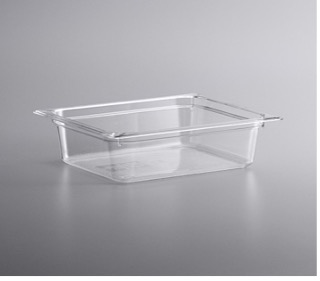
Polycarbonate is very strong and has excellent mechanical resistance. It is unbreakable and accepts all machining and finishing processes. It can also be used to manufacture transparent parts with good UV resistance and long life.
Its good resistance to chemical reactions, impact, and bending makes it easy to be processed. It must be cold bent. For precision or technical parts with high stresses, polypropylene is recommended for plastic processing. For example, we use it to make hinges. The textured finish is generally ‘grained’ and has poor paintability.
Polyoxymethylene (POM)
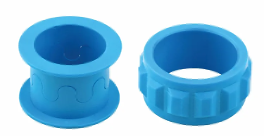
Stable, rigid, and fatigue resistant, polyoxymethylene makes it easy to process apart. In particular, its spring effect proves interesting in processing. This material is opaque and not very sensitive to humidity or chemicals. However, it is a material that deforms easily and requires slower machining. POM cannot be painted in terms of finish and may be difficult to polish on technical shapes.
Plexiglas (PMMA)
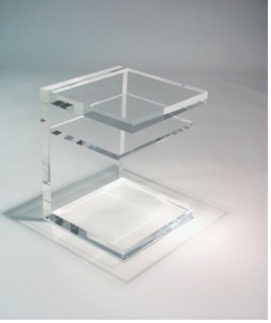
Plastic processing of PMMA is common for the design of transparent, smooth, UV-resistant parts, especially in optics. Cutting, drilling, and bending are no problem for this glossy, hydrocarbon, and solvent-resistant material.
Polyphenylene sulfide (PPS)
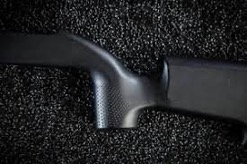
In CNC processing, PPS plastic is used for its resistance to abrasion, UV, and heat, but also to acids.
Polyetheretherketone (PEEK)
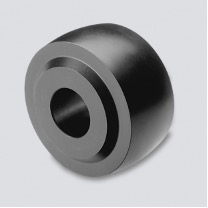
PEEK plastic can retain its chemical and mechanical properties despite high heat, which can be an advantage in processing.
Polyamide (PA)
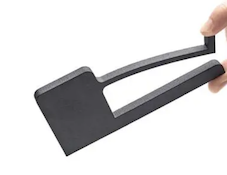
Polyamide is very well balanced between its mechanical and chemical resistance capabilities and can be brittle despite its toughness and wear resistance. It can be loaded by 10 and 30% or be UL94 v0. On the other hand, too much moisture absorption can deform the workpiece, which must be taken into account in the design and afterward. PA is difficult to polish and has poor paintability (to be considered for the appearance of the parts).
Polyvinyl chloride (PVC)
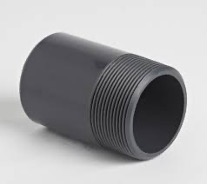
Polyvinyl chloride is characterized by its resistance to weathering, acids, and also to impact, which can facilitate the processing of PVC parts. It is non-combustible.
If you have a question or need advice on the choice of plastic materials to be processed, do not hesitate to contact us enquiry@abcrapid.com.
Search
Recent Post







